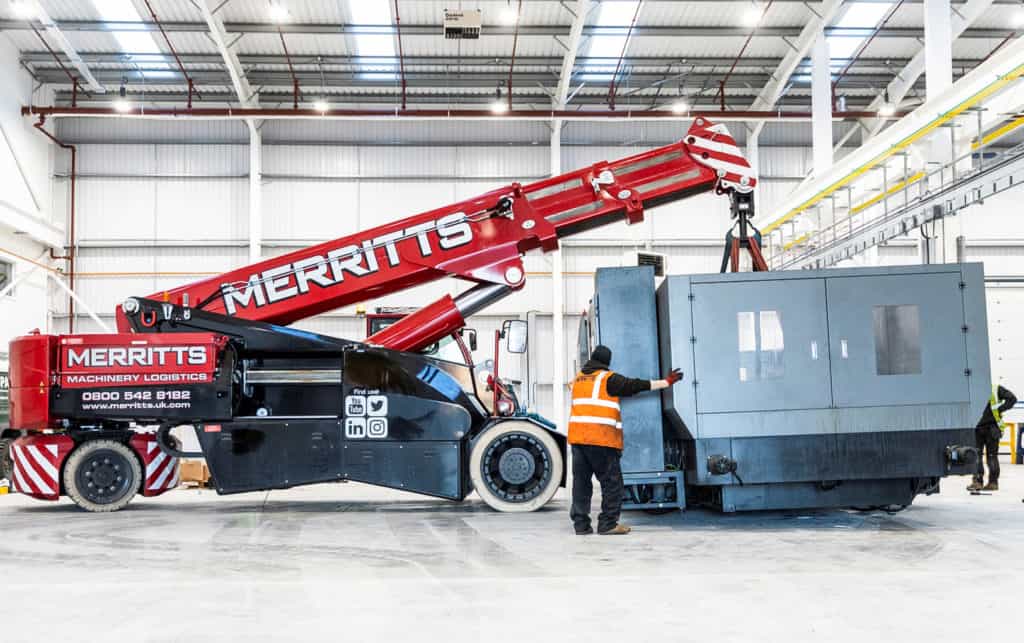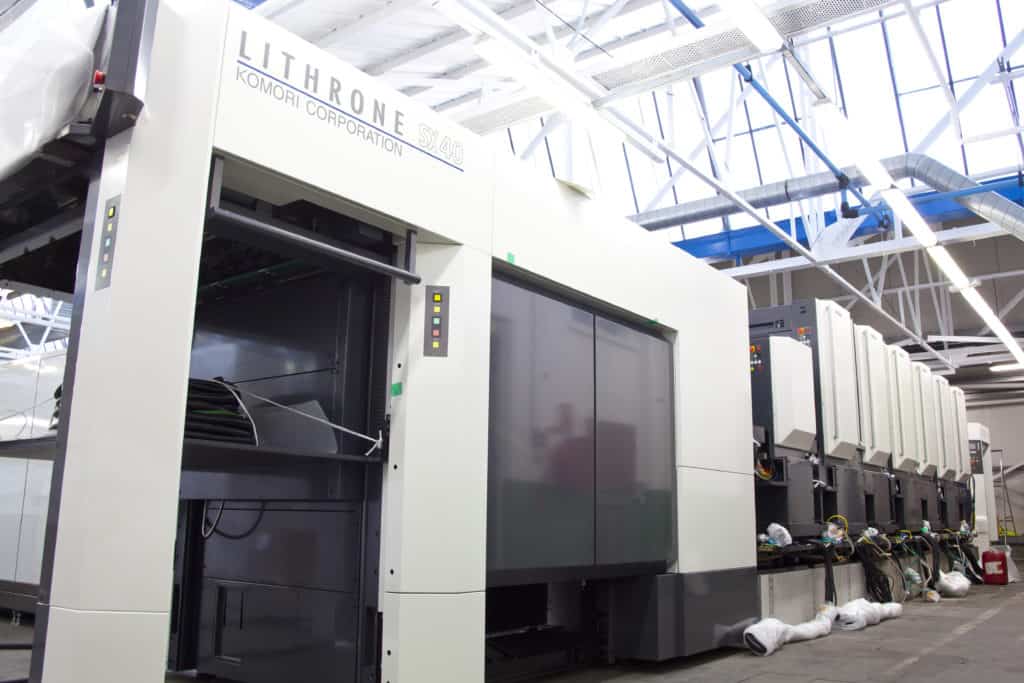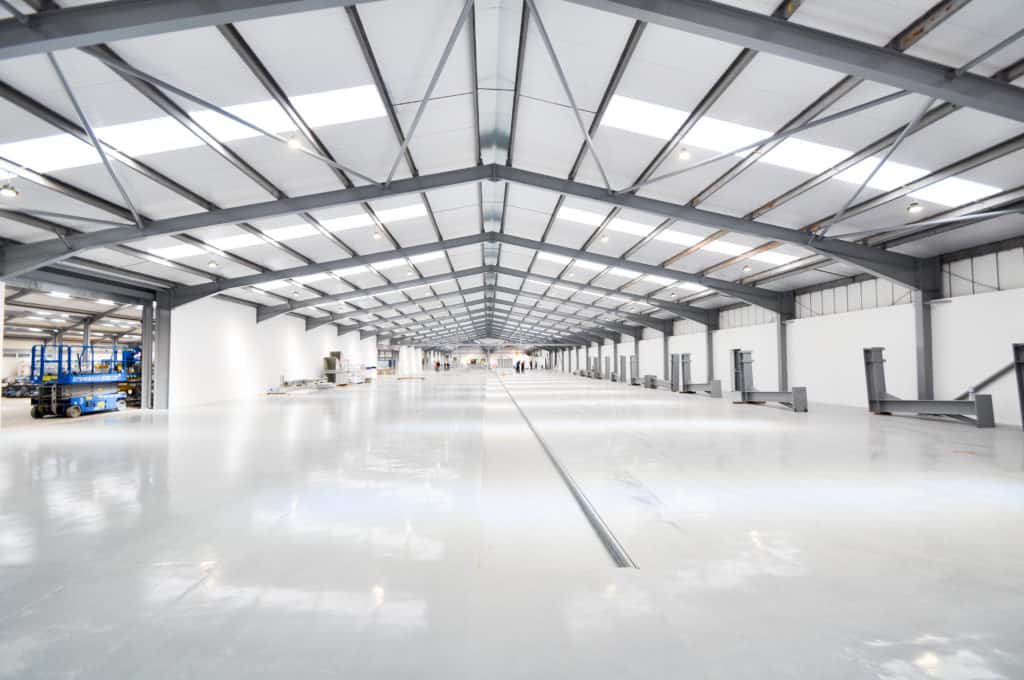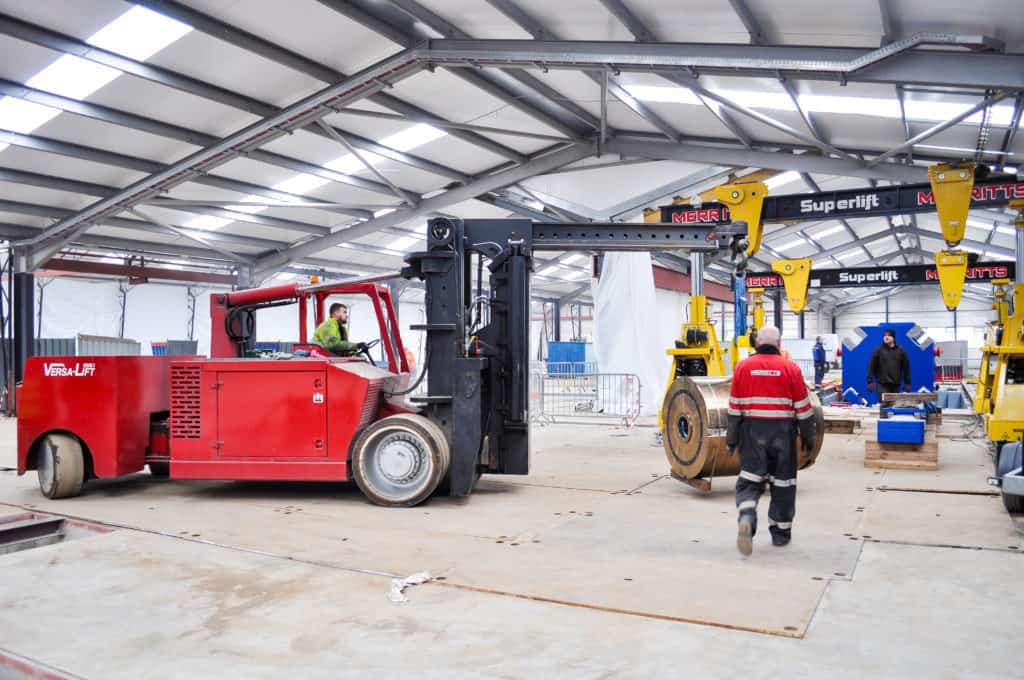Call FREE: 0800 046 9840
Email us: enquiries@merritts.uk.com


Efficient space utilisation is paramount for any manufacturing facility aiming to maximise productivity, reduce operational costs, and enhance overall competitiveness.

One of the key strategies for achieving this goal is removing redundant assets such as heavy machinery. Redundant heavy machinery not only takes up valuable floor space but can also lead to increased maintenance and storage costs. In this article, we’ll explore the importance of optimising factory space by removing redundant assets and provide guidance on how to do this in a sustainable and cost-effective way.
Costs associated with redundant heavy machinery:
Machinery in a manufacturing facility that is no longer needed, has become obsolete, or is underutilised, can be a significant drain on a company’s resources:
- Wasted Floor Space: Unused or redundant assets occupy valuable floor space that could be utilised for more productive purposes, such as expanding production or adding new machinery.
- Increased Maintenance Costs: Redundant assets often require maintenance and upkeep, which can strain a facility’s maintenance budget and workforce.
- Additional Storage Expenses: Storing unused or underutilised assets may necessitate additional storage space, leading to higher operational costs.
- Decreased Efficiency: Redundant assets can obstruct workflows, causing inefficiencies, delays, and bottlenecks in production.
What are the benefits of optimising factory space?
- Increased Productivity: By removing redundant heavy machinery, you create more space for essential machinery and processes, leading to increased productivity and output.
- Cost Reduction: Reducing maintenance, storage, and operational costs associated with redundant assets contributes to significant cost savings.
- Enhanced Safety: Removing obstacles and obstructions from the factory floor reduces the risk of accidents and injuries and the need to inspect them as part of health & safety housekeeping and compliance procedures.
- Sustainability: Proper disposal and recycling of assets demonstrate your commitment to environmental responsibility.
Strategies for removing redundant heavy machinery:
Assess the current inventory:
Begin by conducting a thorough assessment of your factory’s assets. Identify machinery, equipment, or inventory that is rarely used, outdated, or no longer serves a purpose. Create a comprehensive inventory list to categorise these assets.
Prioritise assets for removal:
Not all redundant assets are created equal. Prioritise them based on their impact on production, maintenance costs, and the amount of space they occupy. Focus on eliminating the most problematic assets first.
Evaluate resale or recycling options:
Once you’ve identified redundant assets, consider whether they have resale value or can be recycled. Selling unused equipment or materials can help recoup some of the initial investment.
Repurpose or relocate assets:
In some cases, redundant assets might still be beneficial to other facilities within your organisation. Evaluate whether they can be repurposed for other processes or relocated to a different part of the facility where they can be put to better use.
Dispose of unsalvageable assets:
For assets that have no resale or reuse value, consider environmentally responsible disposal methods. Recycling and proper disposal can be a cost-effective way to get rid of unwanted equipment or materials.
Streamline inventory management:
To prevent the accumulation of redundant heavy machinery in the future, implement a robust inventory management system that tracks equipment usage, replacement schedules, and identifies when assets are no longer needed.
Optimising factory space by removing redundant heavy machinery is a proactive strategy for improving operational efficiency and reducing costs. By systematically identifying, repurposing, or disposing of assets that no longer add value to your manufacturing processes, you can create a leaner, more productive, and competitive facility. Regular assessments and continuous improvement efforts are key to maintaining an optimised factory space over time, ensuring your manufacturing operation remains at its most efficient.
How does Merritts work with clients to optimise factory space?
Whether it be the relocation of an entire factory of heavy equipment and machines, or just one single machine, we can support busy operations managers with production line changes by providing a cost effective and efficient machine removals service.
If there is a requirement for a short term or long-term secure storage solution, our 100,000 ft² of internal warehouse space is the ideal industrial storage solution for manufacturers who need to either remove a heavy machine from the factory floor due to factory relocations, internal factory machine moves to enable production line changes, or to make way for new machinery installations. We can also arrange transport to an approved recycling facility.
If you are considering a machinery removal project, a complete factory relocation, or need to temporarily store new or redundant heavy machinery, please get in touch.




